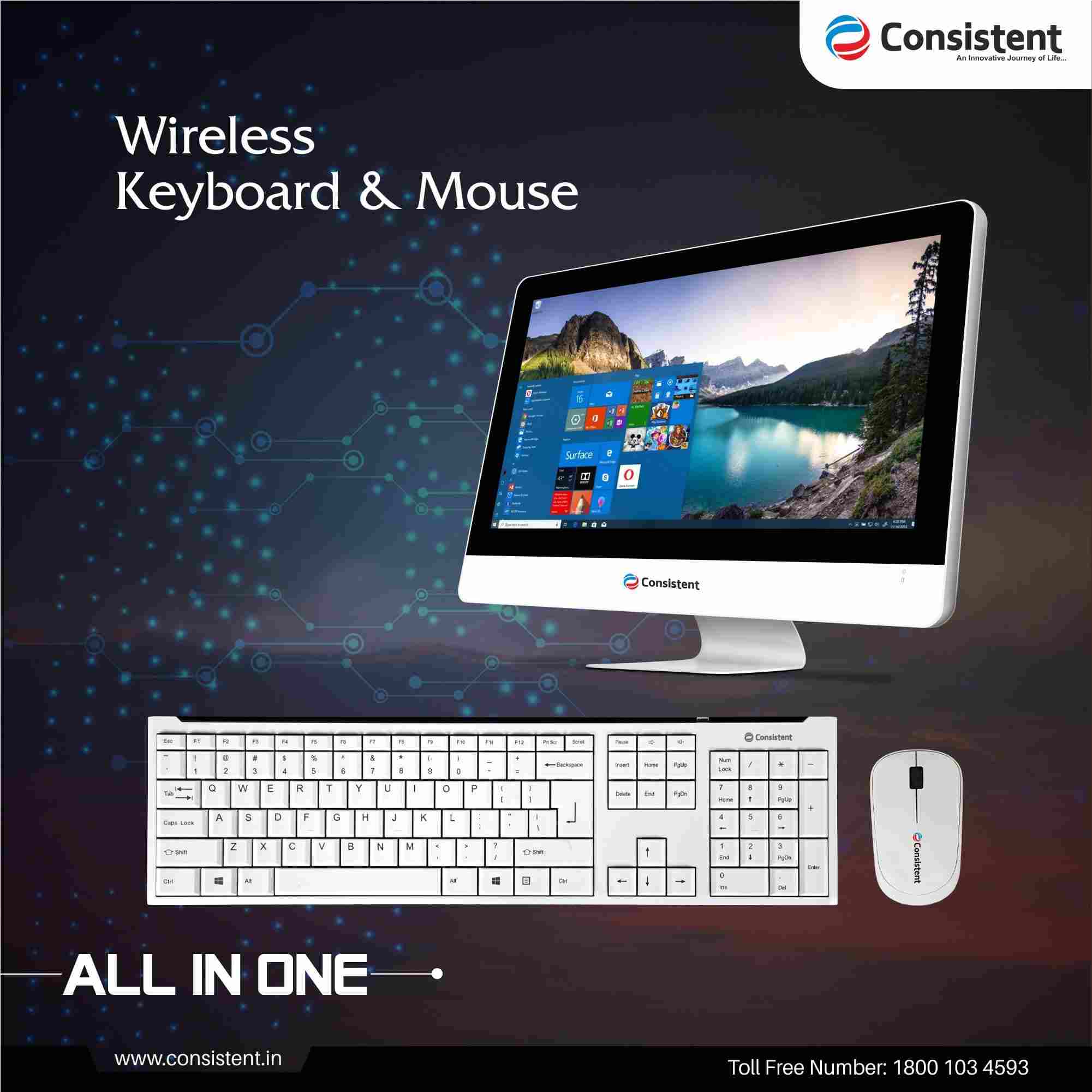CONSISTENT NVME
Non-volatile Memory Express (NVMe) is a novel technology that some M.2 drives employ. This blisteringly fast new bus type, like contemporary graphics cards, makes use of the motherboard’s PCIe data transfer lanes. When linked through PCIe, M.2 SSDs can achieve read and write speeds of over 4,000MB/s.
It’s critical to remember that NVMe is a protocol, not a connection type, that uses a pre-existing PCIe connection. For the sake of brevity and simplicity, NVMe protocols are commonly referred to as connections. The small size and great performance of NVMe drives have marked a significant advancement in storage technology, and they’re swiftly becoming the norm on current devices. With each new generation of NVMe SSDs, storage capacity and transfer speeds increase. Newer motherboards can even support several NVMe devices, obviating the need for connections entirely.
While 2.5-inch SSDs utilise the SATA bus, which was first introduced in 2000 and was designed for hard drives, and add-in cards use the PCIe bus, which is quicker and has more bandwidth than SATA, M.2 SSDs can use either. Furthermore, some of the fastest and greatest SSDs make advantage of the NVMe interface, which was designed specifically for fast storage devices.
How does NVMe speed compare to SATA?
The maximum throughput of SATA III, which is utilised on recent motherboards, is 600MB/s (or 300MB/s for SATA II, in which case it’s time to upgrade). Over that connection, most SSDs will achieve read/write speeds of roughly 530/500 MB/s. In comparison, a 7200 RPM SATA disc can handle around 100MB/s, depending on its age, condition, and fragmentation level.In contrast, NVMe SSDs can write at speeds of up to 3500MB/s in Gen 3 and 5000MB/s in Gen 4. That’s a 7-fold increase over SATA SSDs and a 35-fold increase over spinning HDDs!
So, which of the two options is best for you? NVMe drives are definitely worth investigating, especially if your application is hard drive intensive or requires frequent hard drive reads/writes, especially given how low the pricing has plummeted.Since this article was first published in 2017, flash memory prices have continued to plummet. If you haven’t upgraded yet, this is the best time to do so! SATA SSDs are now just slightly more expensive than HDDs of similar capacities, therefore now is the time to upgrade if you haven’t already.
How fast is an NVMe SSD?
As seen in the bullets below, the original version of the PCIe Gen 3.0 NVMe M.2 SSD drive considerably improved read/write performance when compared to ordinary SATA III devices. The PCIe Gen 3 NVME read performance outperformed SATA III by 483 percent, while the upcoming PCIe Gen 4 NVMe devices (expected out in mid-2020) are 1,067 percent faster.
In high-level detail, the SPEC for each of the drive types available as of October 2020 is provided below:
- Traditional 7200 RPM HDD: 160 MB/s
- SATA III SSD: 600 MB/s
- PCIe Gen 3.0 NVMe M.2 SSD: 3500MB/s Sqq. reads – 3300MB/s Seq. writes – available mid-2018
- PCIe Gen 4.0 NVMe m.2 SSD: 7000MB/s Seq. reads – 5000MB/s Seq. writes – available mid-2020
Will my System Support an NVMe M.2 SSD?
Obviously, the speeds are incredible. However, before you go out and buy a new hard disc for your computer, make sure your system is capable of managing it.
To begin, double-check that your motherboard supports PCIe Gen 3 or 4, as well as that the adapter has a spare M.2 port or PCIe slot. You should be alright if you bought your PC or laptop within the last five years.
Unless you have a motherboard that supports PCIe Gen 4, stick to Gen 3 NVMe drives. Consult your computer’s manual or the manufacturer’s website if you’re not sure what kind of slots are available. Alternatively, you can use the free Speccy software from Piriform. CCleaner, another top-rated programme, was also created by Piriform.






Products & Services
Experience the Most Innovative Technological Advancement








About US
Consistent Infosystems Private Limited has started their glorious journey in 2011 from the Capital city of India, New Delhi by visionary Mr. Nitin Bansal and Mr. Yogesh Aggarwal. Since the venture started Consistent Infosystems Private Limited has become one of the fastest growing organizations in the era of technology and already puts it’s remarkable footprints in the Information Technology, Electronics & Home Entertainment industry.
Support
E-Waste Management (EPR)
Become A Trade Partner
Warranty Policy
Work With Us
Contact Us
Contact Us
CONSISTENT INFOSYSTEMS PVT. LTD.
307, SHAKUNTALA BUILDING 59, NEHRU PLACE, NEW DELHI-110019
sales@consistent.in
1800-1034-593 (Toll-Free)
